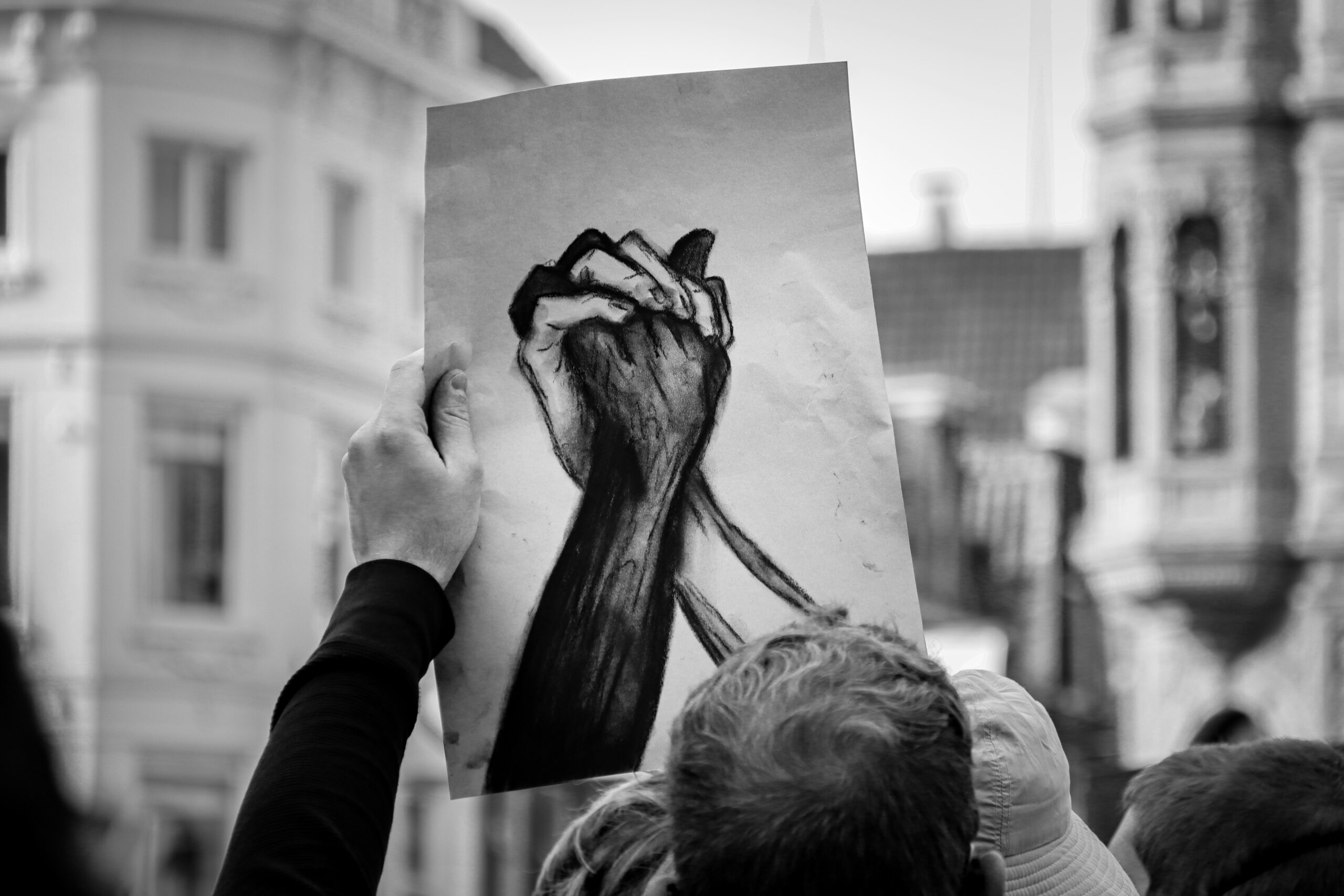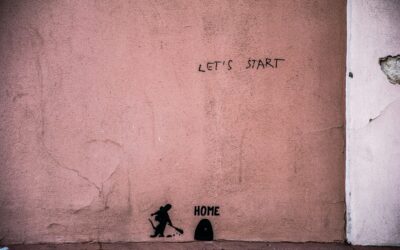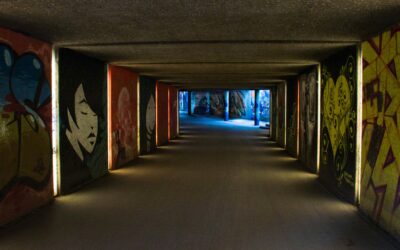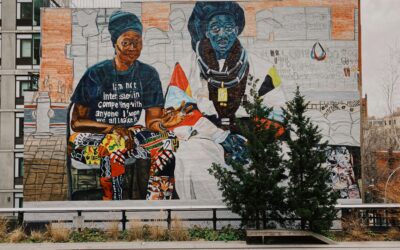Introduction
Art has always been more than just a form of beauty or expression. From the murals on ancient temple walls to the graffiti splashed across contemporary urban landscapes, art has consistently reflected the human condition—its joys, its sorrows, and its struggles. In today’s world, where inequality, discrimination, and environmental degradation persist, a new generation of artists is turning their creative energy into a powerful form of protest.
These artists are not just creating for aesthetic appreciation; they are resisting, provoking, and awakening. They are using their canvases, installations, performances, and digital platforms to amplify voices that are often silenced. Through this movement, art reclaims its role as a cultural weapon—one that speaks truth to power.
In this article, we explore how modern artists are responding to social injustice, what forms their protest takes, and why their work matters now more than ever.
The Historical Roots of Protest Art
Before diving into the modern context, it’s essential to recognize that protest art is not a new phenomenon. Throughout history, artists have used their work to comment on the politics and injustices of their time.
Francisco Goya’s The Third of May 1808 is a brutal depiction of war’s violence and tyranny.
Kathe Kollwitz, a German expressionist, captured the anguish of the working class and the cost of war.
In the 20th century, movements like Dadaism and Surrealism often carried anti-establishment undertones, born from the trauma of World War I and II.
Art’s capacity to channel dissent is deeply embedded in its history. Today’s protest artists are standing on the shoulders of these giants, yet facing new global challenges that demand evolved forms of resistance.
Modern Protest: Beyond the Streets
When we think of protest, we often picture placards, chants, and marches. But in the digital and globalized world, protest art transcends physical space:
Street murals become permanent symbols of resistance in public places.
Performance art embodies physical and emotional protest.
Digital illustration and memes spread messages quickly and globally.
Augmented reality (AR) and virtual installations create immersive protest environments.
One powerful example is the Black Lives Matter (BLM) murals painted across major cities during 2020. Artists transformed streets into enormous visual declarations, spelling out “Black Lives Matter” in bright, bold letters visible even from satellite imagery. These works were not just decorative—they were site-specific interventions, placing justice at the heart of urban life.
Artists Who Lead the Movement
Here are some modern artists who use their voice—and visual language—to challenge injustice:
1. Ai Weiwei (China)
Ai Weiwei is one of the most recognized political artists today. His works expose issues like government surveillance, censorship, and refugee rights. From installing 14,000 life jackets on the façade of a Berlin concert hall to recreating images of imprisoned activists using Lego bricks, Ai’s work blends symbolism with activism.
“Art is not an end in itself, but a beginning. A tool to push society forward.” — Ai Weiwei
2. Tatyana Fazlalizadeh (USA)
Through her campaign “Stop Telling Women to Smile”, Fazlalizadeh created powerful street art that addresses gender-based street harassment. Her wheatpaste posters, featuring real women and their words, became a global phenomenon—turning urban walls into spaces of feminist resistance.
3. JR (France)
Known for large-scale photographic installations, JR merges art and activism. His project Inside Out allows individuals and communities to share their portraits in public spaces, often tackling issues like racial injustice, immigrant rights, and climate change.
4. Forensic Architecture (UK)
This research group uses art, architecture, and digital tools to investigate human rights abuses. Their multimedia projects have been used as evidence in international courts and exhibitions, demonstrating how artistic practice can intersect with forensic justice.
Themes That Resonate Globally
While protest art varies in form, several recurring themes unite artists across the world:
📣 Racial Justice
Movements like BLM have ignited a surge of artwork challenging systemic racism. From painted portraits of victims like George Floyd and Breonna Taylor to installations memorializing historical atrocities, racial justice art gives visibility to silenced lives.
♀️ Gender & LGBTQ+ Rights
Feminist and queer artists continue to confront patriarchy, misogyny, and heteronormativity through bold, unapologetic art. Whether it’s performance pieces that reclaim bodily autonomy or zines that empower marginalized voices, this art reclaims agency.
🌍 Climate Justice
Artists are also grappling with environmental injustice. Olafur Eliasson’s Ice Watch, which brought melting ice blocks to European cities, forced viewers to literally feel climate change. The message is urgent: environmental collapse is a social issue too.
🧱 Borders, Migration, and Refugees
With increasing global displacement, many artists explore the theme of migration. Whether by simulating border walls in galleries or creating immersive installations that evoke the refugee experience, these works foster empathy and challenge nationalist narratives.
The Power of Community and Collaboration
What distinguishes much of today’s protest art is its collaborative nature. Movements like Justseeds Artists’ Cooperative or Amplifier unite illustrators, printmakers, and digital artists around common causes. This communal spirit amplifies reach and strengthens impact.
In the digital realm, art is no longer confined to galleries. Hashtags like #Artivism, #ProtestArt, and #CreateChange connect creators globally. Artists can now distribute their work without gatekeepers, reaching millions within hours. The democratization of platforms has turned protest art into a shared, accessible force.
Challenges Faced by Protest Artists
Despite their visibility and resonance, protest artists often face significant challenges—some personal, others systemic.
🔒 Censorship and Repression
In countries with authoritarian regimes, creating politically critical artwork can come with high risks. Artists have been jailed, exiled, or silenced through intimidation.
For instance, in Iran, street artist Mehdi Rajabian was imprisoned for using music and visuals to promote women’s rights. In Russia, punk performance group Pussy Riot was arrested after a protest performance in a church, sparking global outrage.
Even in more democratic societies, artists face shadow censorship, where galleries, sponsors, or institutions avoid controversial works for fear of backlash.
🔁 Backlash and Online Harassment
Social media provides artists with reach, but also exposes them to trolling, hate speech, and targeted campaigns. Many feminist, LGBTQ+, and BIPOC artists report constant harassment online, especially when their work touches on identity politics.
🧠 Emotional Burnout and Fatigue
Fighting injustice through art can be emotionally exhausting. Protest artists are not only creators—they are also often survivors, witnesses, or members of marginalized communities. Carrying this dual weight can lead to burnout, anxiety, and disillusionment, especially when change feels slow or absent.
Does Art Actually Create Change?
This is a question that haunts many: Can art truly change the world, or is it just symbolic?
✅ Art as Awareness
At the very least, protest art raises awareness. It makes injustice visible and impossible to ignore. Art humanizes statistics. It opens emotional pathways that facts often fail to trigger.
A mural of George Floyd did not change police policy, but it sparked conversations, media coverage, and a collective moment of mourning. That, in turn, fuels public pressure—something policymakers cannot entirely ignore.
🔁 Art as a Catalyst for Policy
In some cases, art has directly influenced action:
The “Fearless Girl” statue facing Wall Street’s bull led to real discussions about gender representation in corporate boards.
In Colombia, artists and peace activists used street art to support the 2016 peace agreement campaign, contributing to a nationwide referendum.
🔥 Art as Resistance and Survival
Even when it doesn’t result in immediate policy change, art gives people a sense of agency and dignity. For oppressed communities, the act of creating becomes a form of resistance. It says: We exist. We will not be silenced.
Case Study: Amplifier’s Global Campaign
The nonprofit design lab Amplifier launched one of the most successful global art protests during the Women’s March in 2017. They commissioned artists like Shepard Fairey (known for the Obama “Hope” poster) to create posters featuring women of color, Muslim women, and indigenous voices with captions like “We the People.”
These posters were printed by the thousands, held in protests, shared online, and even displayed in classrooms. Amplifier later expanded their campaigns to include climate action, immigrant rights, and COVID-19 education.
What made it effective?
Visually striking design.
Clear messaging.
Free distribution for activists worldwide.
Collaboration with educators and grassroots organizers.
It demonstrated how well-designed protest art, when combined with distribution and community networks, can become a movement in itself.
Final Reflections: The Role of Artists in a Time of Crisis
In a world increasingly shaped by crisis—ecological, political, social—artists are not passive observers. They are interpreters, critics, visionaries. They remind us what it means to be human, even when humanity is under threat.
Protest art is not always comfortable, and it is rarely neutral. It confronts. It disturbs. But that is its power. Where institutions fail and discourse breaks down, art remains a universal language—one capable of piercing through ideology, fear, and indifference.
As audiences, we are not just consumers of protest art. We are part of its ecosystem. We share it, amplify it, reflect on it. And in doing so, we too become part of the movement.
🖼️ Conclusion
The next time you see a mural that makes you pause, a poster that makes you angry, or an installation that makes you uncomfortable—ask yourself: What truth is it trying to show?
Because at its best, protest art does not give answers. It asks better questions.
And in asking those questions, it invites us to imagine a better world—and to build it, one brushstroke at a time.




